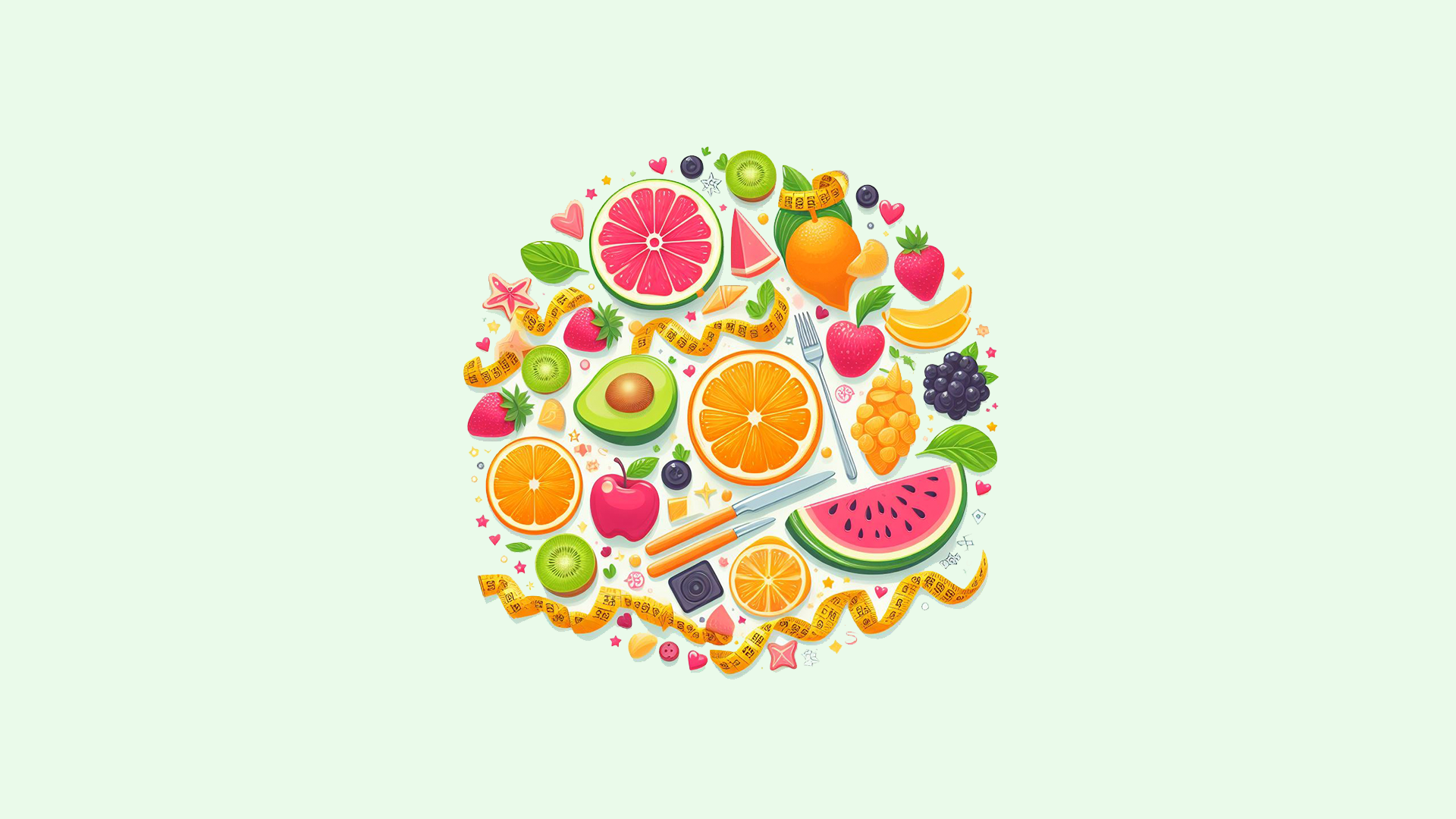Countless people commit to losing weight as part of their New Year's resolutions.
But, as common as it is, quite a few people often fail to stick to their plans.
That isn't something you have to settle for, however.
Instead, focusing on a few specific changes could mean you'll stick to your resolution much better than you'd think.
So, rather than obsessing with the end goal of losing weight, you will focus on gradually adopting the changes below.
Without even noticing and stressing about it, you'll end up achieving your goal and developing healthier habits along the way.
In fact, six of these simple changes can help much more than you'd think, and you'll learn how to make your New Year diet much more robust and easy to stick to.
Switch up your proteins
Protein is a fundamental part of any diet.
It not only helps you feel full for longer, but it's a vital part of muscle growth and it's excellent at making you feel full for longer, much like fibres.
So, having a high-protein diet is essential for weight loss.
But how to stick to a high-protein diet when we are always eating the same things?
It can get quite boring after a while, and we risk re-introducing more novel and exciting snacks into our diet which aren't as healthy.
The solution?
Switch up your proteins!
If you're not on a vegan diet, then you have so many options already.
Otherwise, beans, soy, tempeh, and even some pseudo-grains like buckwheat and quinoa are excellent choices.
And the good news? We have loads of high-protein plant-based recipes on Foodaciously!
Make meal planning simple
Meal planning is a great way to keep an eye on what you're eating while making sure it's healthy.
It involves planning out exactly what you'll eat during the week, ensuring you have everything you need in terms of nutrients and calories.
But here's, the thing:
It can be a bit tedious if you are not an organised person.
Here are two simple tricks that will give you peace of mind when meal planning:
Design your meal plans around batch cooking to save time;
Make 6-10 weekly meal plans and then just shuffle them throughout the year.
If you are looking for a resource to use as a blueprint to design your own meal plan, check out our meal plans.
Plan your grocery shopping
This tip goes hand in hand with meal planning.
You know how overwhelming it can be to go to the grocery shop and wonder:
What am I having for dinner?
In this confused state, it is so easy to fall back into bad habits.
And, before you know it, a few bags of unhealthy chips/crisps have made their home into your basket.
With meal planning, you know all the ingredients you need in advance.
There's no guessing, only a quick in and out of the shop.
By taking this approach, you can make sure you don't pick up anything unhealthy.
It's an easy way of making sure you don't have any unnecessary temptations around the house to spoil your diet.
You've no reason not to give it a go.
Swap refined grains for whole grains
Grains are an integral part of every diet, but that doesn't mean all of them are equally healthy.
Some are much healthier than others, and they could be much better for you when you're trying to lose weight.
Make sure you choose un-hulled and unrefined grains as much as you can, like whole grains.
They have more fibres, which make you full for longer and make you eat less overall, therefore aiding your weight loss.
Make eating fruits and veggies easier
Veggies and fruits are one of the top sources of fibre, vitamins and antioxidants.
They are essential to weight loss but also for general health.
But let me guess: you are struggling to eat your "5 a day" of fruit and veggies.
I was too, but you know what worked for me?
Having veggie smoothies for breakfast, and fruit smoothies after lunch - or vice versa.
I find sipping things so much easier than chewing and something I can do without even thinking about it.
Another option, for veggies in particular, is to blanch them, blitz them, and turn them into a hummus-like dip.
Both these options worked like a charm for me. Give it a go!
Track your calories and macros
If there's one fundamental thing to take away here, it's this.
Do you want to lose weight?
It boils down to only one thing:
Give your body just a few hundred calories less than it needs per day.
You can learn about your daily caloric needs online; it's easy.
But how can you eat just enough if you don't know how many calories you are eating?
It would be like going through an obstacle course blindfolded.
It used to be hard to know how many calories were in each food, but thanks to digitised food labels and easy-to-use apps, it's now a breeze.
So, just do this:
Download a free tracker app (we used to have FitnessPal but switched to Cronometer because it has more useful nutritional data);
Spend 5 minutes learning how to use it;
Kick yourself for not doing it earlier.
It costs me only 5 minutes per day now, but I have full visibility into my nutrition.
New Years resolution's weight loss: Wrapping up
This New Year's resolutions will see lots of people motivated to lose weight.
Many of them will fail, no matter how motivated they were at the start.
Because they were focusing on the goal rather than the day-to-day actions needed to win.
But you won't be among them.
You will take joy from implementing the simple changes to your diet and routine that you just learned about.
And, along the way, you'll pick up more tricks based on your own experience.
Finally, a few months down the line, you'll realise you met your goals and you didn't even notice.


